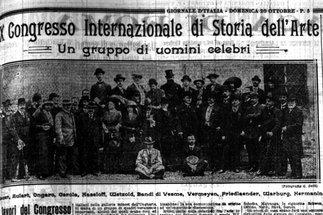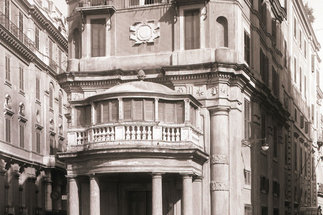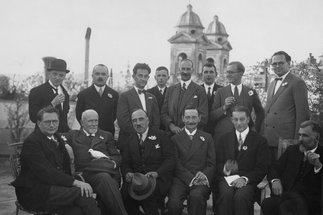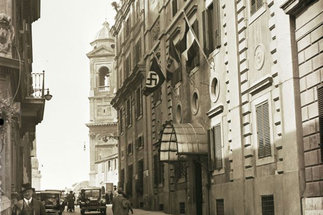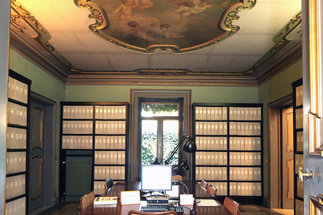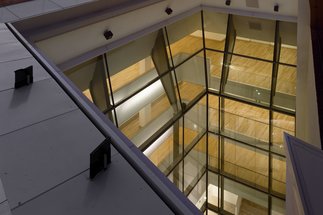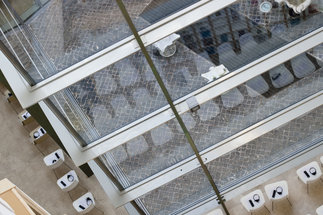History
Born from the cosmopolitan spirit of its founder Henriette Hertz (1846-1913), the Bibliotheca Hertziana – Max Planck Institute for Art History has since established itself as a world-renowned research institute for the study of Italian art history. The Bibliotheca Hertziana, founded in Rome on January 13, 1913 as a research institute for Italian art history, is one of the oldest institutes of the Max Planck Society (successor to the Kaiser-Wilhelm-Gesellschaft) and the first one with a focus on the humanities.
The Bibliotheca Hertziana – Max Planck Institute for Art History owes its existence to Henriette Hertz (1846–1913) and has been located in the Palazzo Zuccari on the slopes of the Pincian Hill, just above the Spanish Steps, since its foundation.
[more]
At the turn of the century, Henriette Hertz began establishing a center for art historical studies. Together with the art historian Ernst Steinmann (1866–1934), who advised her on the creation of a book collection on Italian, and especially Roman art, she finally developed the concept of the future Bibliotheca Hertziana as a research institute dedicated to the study of Italian – and above all Roman – art history.
[more]
The foundation of the Kaiser-Wilhelm-Gesellschaft (Kaiser Wilhelm Society) in 1911 gave Henriette Hertz the opportunity to establish her library as the second German research institution in Rome – alongside the "Prussian Historical Station" (today the German Historical Institute, DHI).
[more]
The outbreak of the First World War in 1914 led to the closure of the institute and in the following year to its seizure by the Italian state.
[more]
After the Nazi takeover in Germany in 1933, the Federal Foreign Office approached the Kaiser-Wilhelm-Gesellschaft to recommend the appointment of art historian and long-time NSDAP member Werner Hoppenstedt as deputy director and successor to Ernst Steinmann.
[more]
On its return to the Federal Republic of Germany, the Bibliotheca Hertziana became an institute of the Max Planck Society, the successor to the Kaiser-Wilhelm-Gesellschaft.
[more]
In 1962, Wolfgang Lotz was appointed successor to Count Franz Wolff Metternich. Otto Lehmann-Brockhaus, the former head of the library and cofounder of the Zentralinstitut für Kunstgeschichte at Munich, was appointed head of the library following Ludwig Schudt's untimely death.
[more]
In 1977, Matthias Winner and Christoph Luitpold Frommel were appointed as academic members of the Max Planck Society and directors at the Hertziana.
[more]
Sybille Ebert-Schifferer succeeded Matthias Winner in 2001. Her research focused on painting and the visual arts of the early modern period, such as Bolognese and Roman painting – in particular Caravaggio.
[more]
Am 15. Januar 2013 wurde das neue Bibliotheksgebäude nach dem Entwurf von Juan Navarro Baldeweg feierlich eröffnet. Kurz darauf feierte die Bibliotheca Hertziana ihr 100-jähriges Bestehen.
[more]

